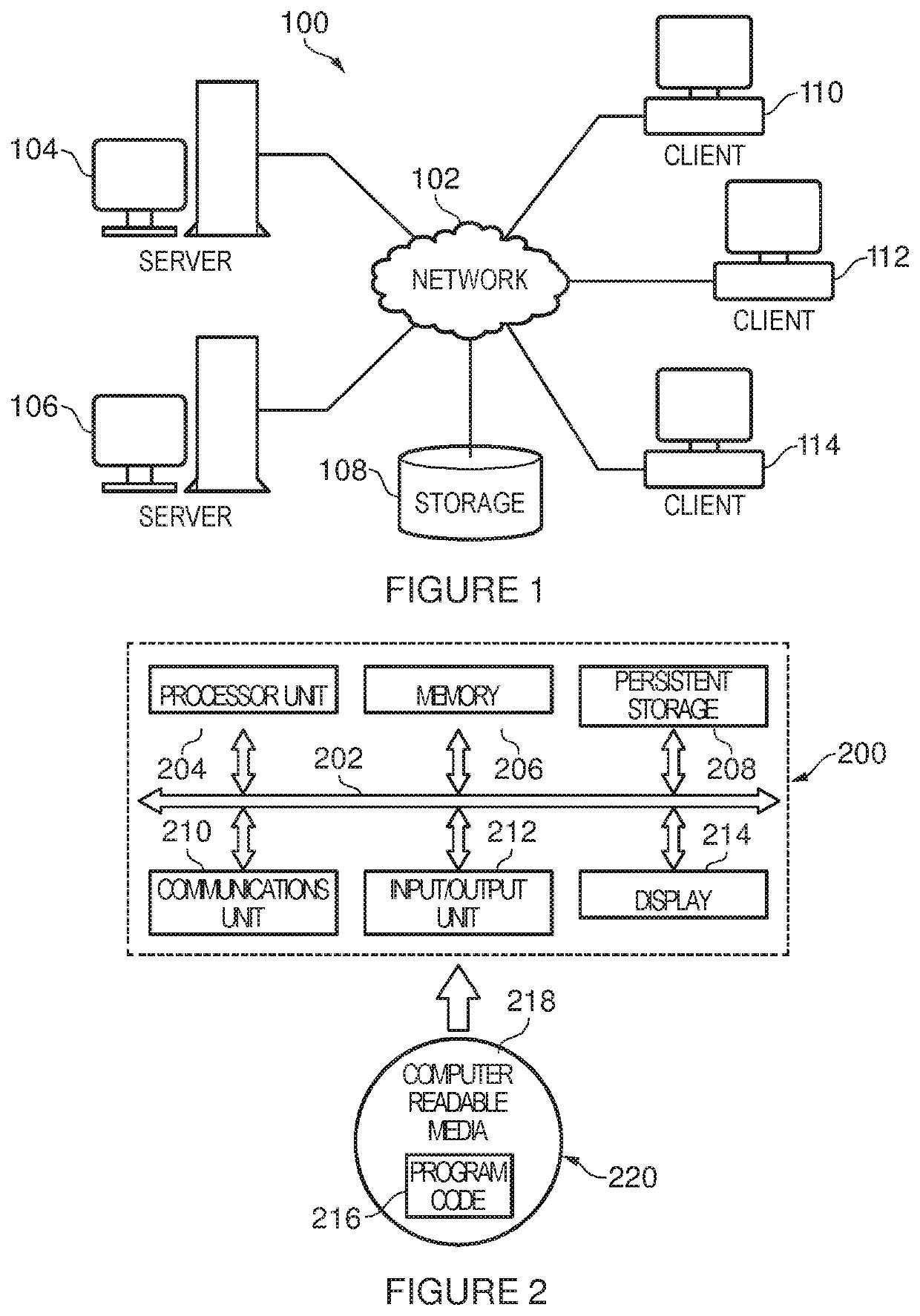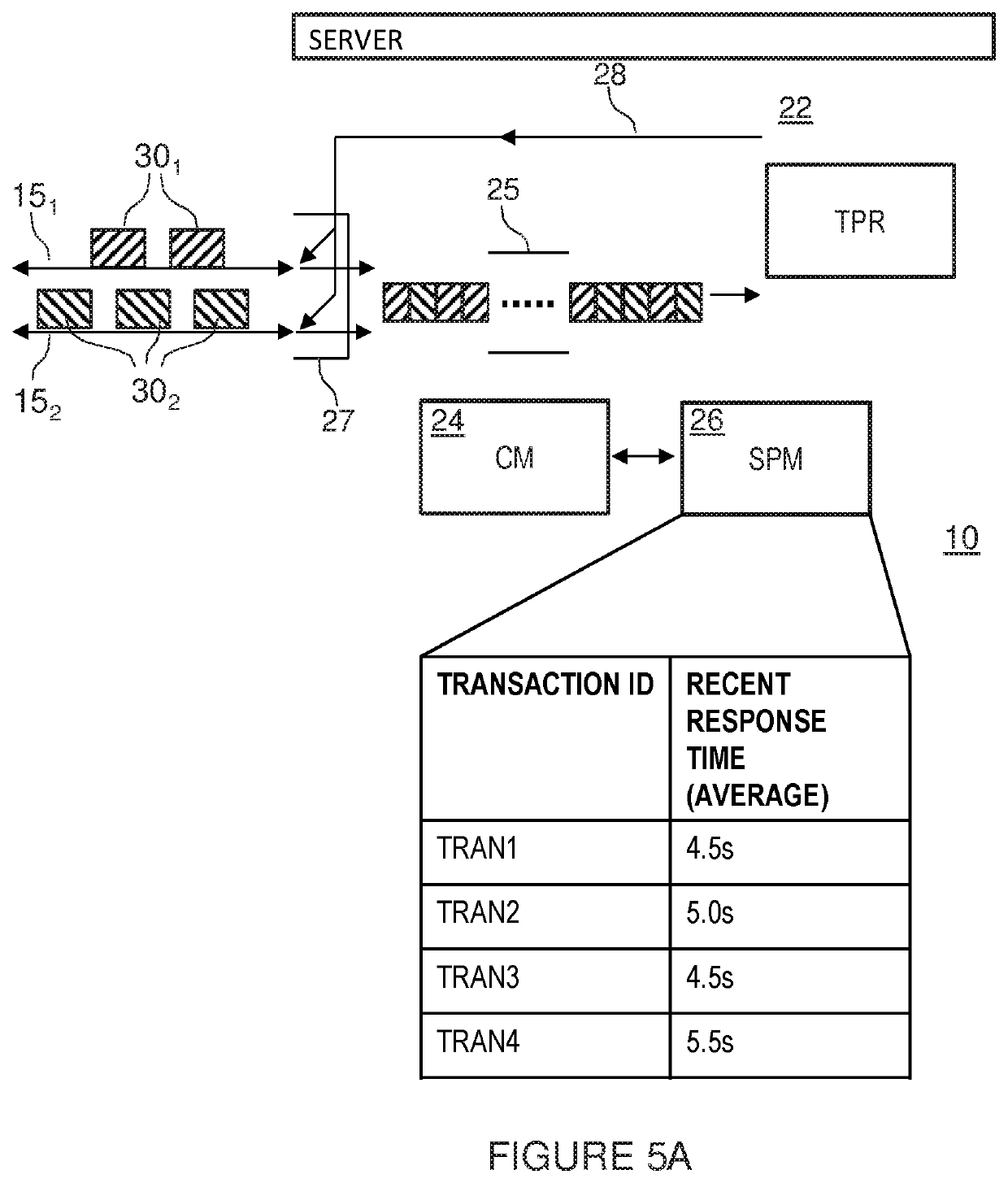Server request management
a server request and request technology, applied in the field of server request management, can solve the problems of long-lived connection from a web browser, high load of server components, and finite capacity of server components, so as to avoid the possibility of overloading the connection manager
- Summary
- Abstract
- Description
- Claims
- Application Information
AI Technical Summary
Benefits of technology
Problems solved by technology
Method used
Image
Examples
Embodiment Construction
[0045]In the following detailed description, for purposes of explanation and not limitation, specific details are set forth in order to provide a better understanding of the present disclosure. It will be apparent to one skilled in the art that the present disclosure may be practiced in other embodiments that depart from these specific details.
[0046]A client according to embodiments of the present disclosure may be any suitable computing device; for example, a mobile phone (smartphone), phablet, tablet, laptop computer, gaming console, personal computer, smart television or media player. The computing device may be a user equipment as defined by one or more telecommunications standards. The computing device may be portable, e.g. a handheld computing device, or fixed.
[0047]FIG. 1 is an exemplary block diagram of a distributed data processing system 100 with which exemplary aspects of the illustrative embodiments may be implemented. Distributed data processing system 100 may include a...
PUM
 Login to View More
Login to View More Abstract
Description
Claims
Application Information
 Login to View More
Login to View More - R&D
- Intellectual Property
- Life Sciences
- Materials
- Tech Scout
- Unparalleled Data Quality
- Higher Quality Content
- 60% Fewer Hallucinations
Browse by: Latest US Patents, China's latest patents, Technical Efficacy Thesaurus, Application Domain, Technology Topic, Popular Technical Reports.
© 2025 PatSnap. All rights reserved.Legal|Privacy policy|Modern Slavery Act Transparency Statement|Sitemap|About US| Contact US: help@patsnap.com



